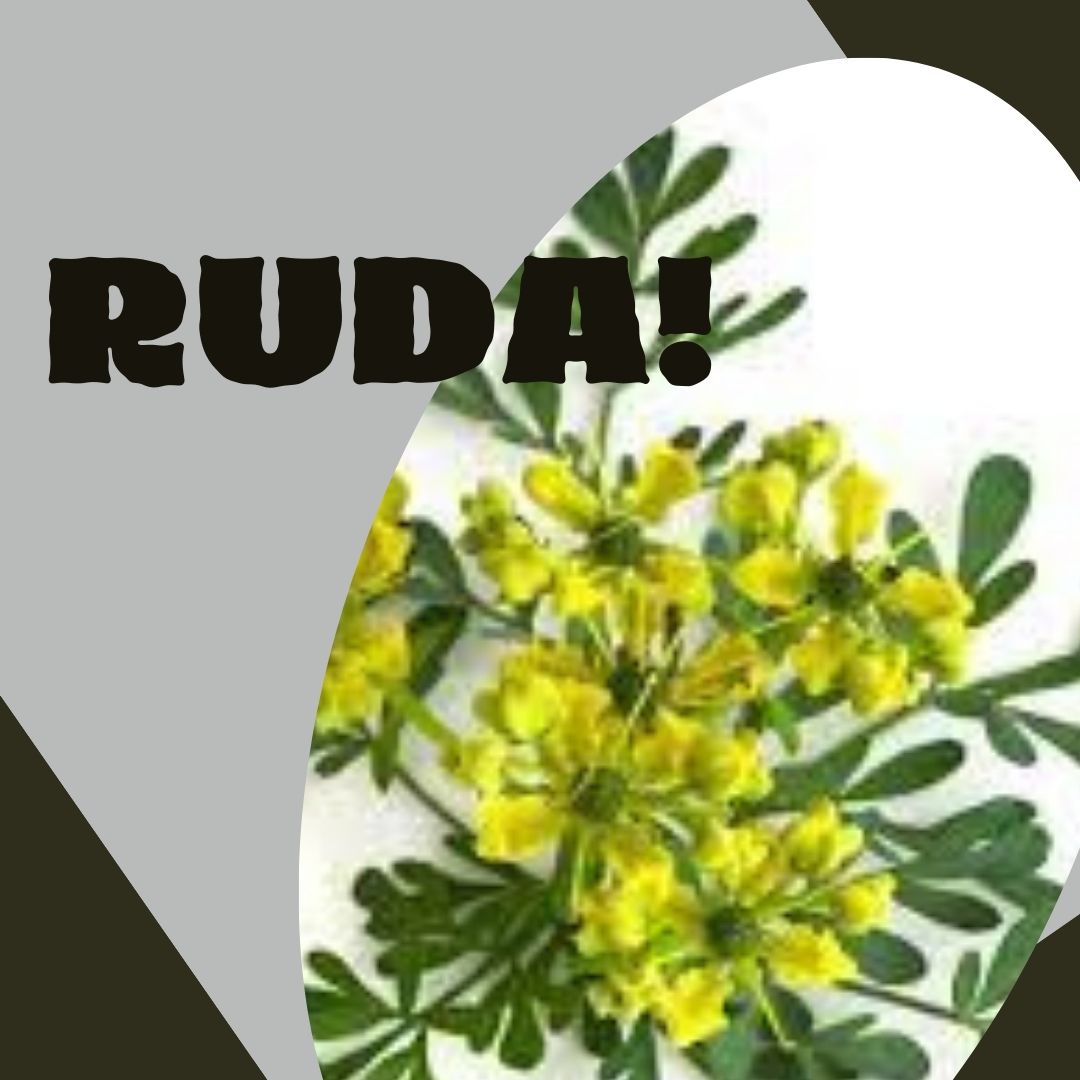Ruta graveolens, commonly known as ruda, rue, common rue, or herb-of-grace, is a species within the genus Ruta that has carved its niche in both the herbal and ornamental plant worlds. Native to the Balkan Peninsula, ruda has traversed boundaries to grace gardens worldwide, revered for its bluish-green leaves and resilience in hot and dry soil conditions. This perennial shrub extends its utility to culinary applications, and its historical use as an insect repellent and for incense underscores its multifaceted nature. The exploration of ruda reveals a plant steeped in history, endowed with unique properties, and surrounded by both admiration and caution due to its potent natural compounds.
Etymology
The name “ruda” stems from the Latin “Ruta graveolens,” where “graveolens” signifies the strong, penetrating scent of its leaves. This characteristic aroma, released upon bruising the leaves, hints at the plant’s potent natural chemicals, contributing to its various traditional uses and necessitating caution in its handling.
Description
Foliage and Flowers
Also Read: Discover the Enchanting Sounds of the Tololoche Southern Mexico’s Traditional Musical Gem
Ruda is characterized by its woody structure, growing as a perennial shrub that showcases oblong, blue-green leaves arranged in a pinnate fashion. The leaves’ distinctive aroma is a hallmark of the plant, becoming pronounced when bruised. The plant’s flowers, though small, with 4 to 5 dull yellow petals, contribute to its ornamental appeal, eventually giving way to brown seed capsules upon pollination.
Uses
Traditional Use
Historically, ruda has been embroiled in a tapestry of traditional uses, stretching from the ancient Roman world to various cultures across the globe. Notably, naturalists like Pedanius Dioscorides and Pliny the Elder documented its use as an antidote to venomous snake bites, in combination with the poisonous shrub oleander. Additionally, the refined oil of ruda was known as an emmenagogue and cited by historical figures for its abortifacient properties, illustrating the plant’s potent biological effects and the need for cautious use.
Culinary Use
Despite its bitter taste and potential for gastric discomfort, ruda found its way into the culinary world, particularly in ancient Near Eastern and Roman cuisines. Its use today is more restrained, favored in traditional flavoring roles in Greece and other Mediterranean countries, as well as in specific regional liquors like grappa alla ruta in Istria and Northern Italy. The plant’s seeds, leaves, and young branches are utilized in a variety of dishes, from porridge to omelettes and sauces, highlighting its versatility albeit with caution due to its toxic components.
The Dual Nature of Ruda
Ruda’s journey through history and cultures underscores a plant of dual nature: revered for its ornamental beauty and traditional uses, yet approached with caution due to its potent compounds. Its integration into gardens, cuisines, and traditional remedies speaks to its enduring appeal and the complex balance between its benefits and risks. The exploration of ruda not only reveals a plant with a rich heritage and diverse applications but also reflects the broader narrative of human interaction with the natural world, where admiration and caution must walk hand in hand.

